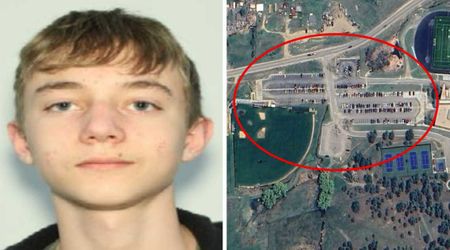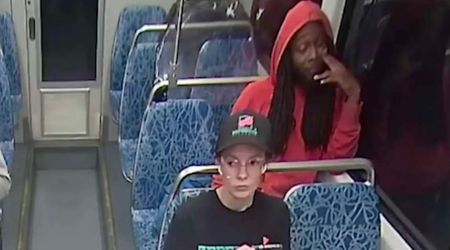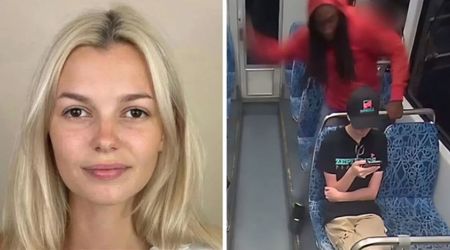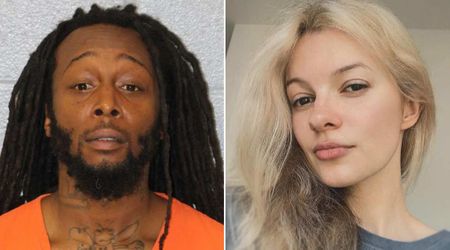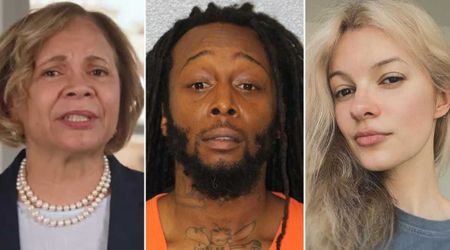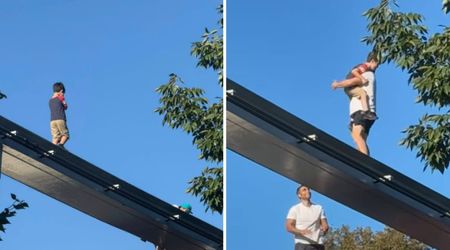'Unimaginable failure': 8 key takeaways from DOJ's report on police response to Uvalde school shooting
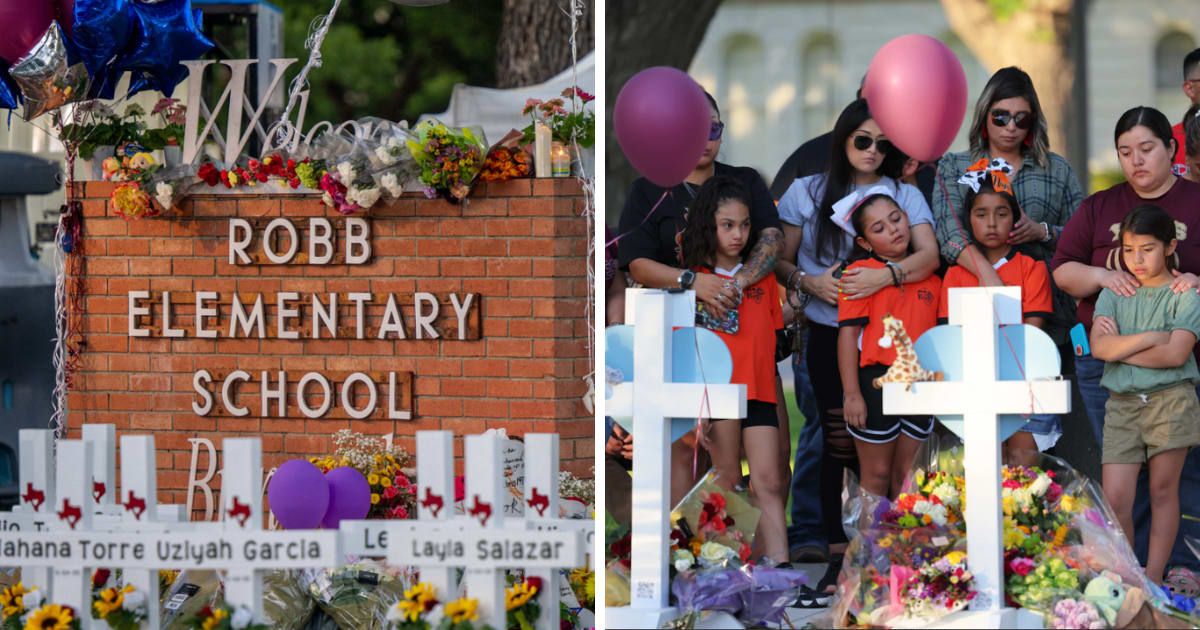
All the ways Uvalde shooting massacre response failed

The long-awaited report into the mass shooting at Robb Elementary School on May 24, 2022, in Uvalde, Texas, is finally out. The 575-page sharply critical report released by the Department of Justice on January 18 laid out how and why the response to the mass shooting was an absolute failure. The bloodbath by 18-year-old gunman Salvador Ramos -- who was armed with a semiautomatic rifle -- resulted in the deaths of 19 students and two teachers. From failure to effectively communicate due to lack of coordination, here are eight reasons why authorities failed to respond appropriately to the massacre.
1. Communication failure

The DOJ slammed the school district and local police's failure to properly communicate about the mass shooting incident. Only a few updates were shared in Spanish, despite half the population in Uvalde being Hispanic. Furthermore, the online updates were incorrect, and the authorities made no effort to fix them.
2. Lack of urgency

Despite the rapid initial response of the police to the incident, the report said lack of urgency as they neared the scene added to the failure. After hastily reaching the school, the police inexplicably halted near the classroom where fourth graders and teachers were massacred. The police stood there for an hour doing nothing to stop the bloodbath.
3. Police's decision not to treat the incident as an 'active-shooter' scenario

The DOJ report called out the law enforcement officials for not recognizing the incident as an "active shooter scenario" and immediately neutralizing the subject. Unfortunately, that did not happen. The most significant failure was the lack of instant and aggressive action by the police, even when facing danger. Only after 77 minutes was the shooter killed.
4. Outdated policy and training

Though the DOJ report highlighted the failures of the response, there were no mentions of criminally prosecuting local law enforcement leaders involved in the botched response, as demanded by some victim's families. Instead, it only listed out a lengthy to-do list for systemic improvements and other suggestions for local law enforcement, including urging responding officers in similar situations to encounter a gunman even if they are not as well armed.
5. Confusion about the in-charge at the scene

In addition to the lack of timely intervention, there was confusion among the law enforcement officials about who was in charge at the scene. Though some investigators stated that Omer Uvalde Consolidated Independent School District Police Chief Pedro "Pete" Arredondo was in the lead, he publicly denied it. However, the DOJ stated otherwise, asserting that he was the "de facto" on-scene commander. The report also called out Arredondo by name for trying to evacuate the scene instead of neutralizing the shooter, which countered the principles of active shooter response.
6. Slow medical response to injured students

The report said the police improperly moved the injured students and placed them on civic buses before getting treatment for bullet wounds. The feds also added the EMS staff were "not the first to assess the situation in the classrooms and ensure the most appropriate use of critical resources," which may have led to the death of students who could have been saved if the treatment had begun sooner.
7. Lack of accountability to inform the parents on what exactly happened

The report accused the local officials of creating a "void of information" by not revealing what exactly happened inside the classroom, causing trauma to the victims' families. "Many victims and family members have reported that no one has taken accountability for what happened, no one has apologized, nor even acknowledged that the families deserve this information," the report said. Families demanded the exact information on what happened to their family members on May 24, 2022, to recover from the agony.
8. Mental trauma of the children

The lack of instant response from the police also led many young students to witness the "unimaginable horror" and "unspeakable violence" that day. However, the DOJ did not acknowledge this in the report. Following the report's release, the loved ones of the victims held a press conference on January 18 to call out the feds for not calling to account public officials involved in the response team.

